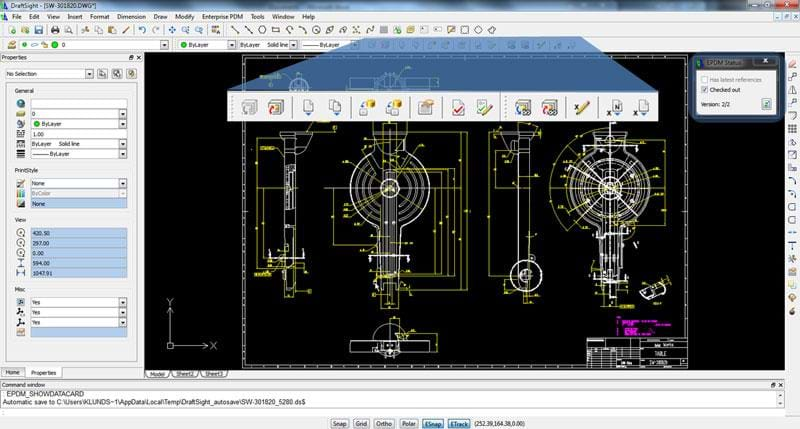

Most of the guys didn't bother setting up more than one or two buttons, I use 10 regularly. 2005 would provide designers with SpaceBall 5000 and I was in love. I have buttons for: Enter, Delete, Tab, arrow up, arrow down and of course right, left, scroll and middle button functions. I don't like the driver, if I knew more about low level UBS HID Class stuff I'd be tempted to try my own, but I just don't have time for that. I like it, I think, although I haven't used many other trackballs either. I didn't know if I wanted thumb or finger so that wasn't factored in. So I wanted a track ball mouse with as many buttons as possible, and a reasonable price. I wanted a track ball a couple years ago for the same reasons others here have stated.

It's very easy to inadvertently rotate the sketch just enough that selecting edges, vertices, etc for relations becomes difficult (they won't be right under your cursor where you think they are). I've learned to pretty much keep my hand off of it when working in a 2d sketch. One small word of caution if you decide to get one. On the rare occasions when I sit down at someone else's workstation I find myself reaching for it without even thinking about it.

I also use mine quite often when viewing PDF's. It's simple to rotate the model around with the 3d mouse to select faces for mating.įor drawings it works pretty much the same way, except of course for rotating. I think one of the areas where I appreciate mine the most is when working in an Assembly. There's definitely a learning curve, but it's well worth the effort. If you pull it toward you it zooms in, if you lift it the model goes up, if you twist the knob the model spins, etc. You grab the little black knob, and when working with a 3d model whatever action you take with that knob translates to the model. It has a complete different function from a conventional mouse. Axlebeans wrote: ↑ Wed 3:17 Schroeder How does something like that work? Never seen a mouse like that, what's the advantages and disadvantages?


 0 kommentar(er)
0 kommentar(er)
